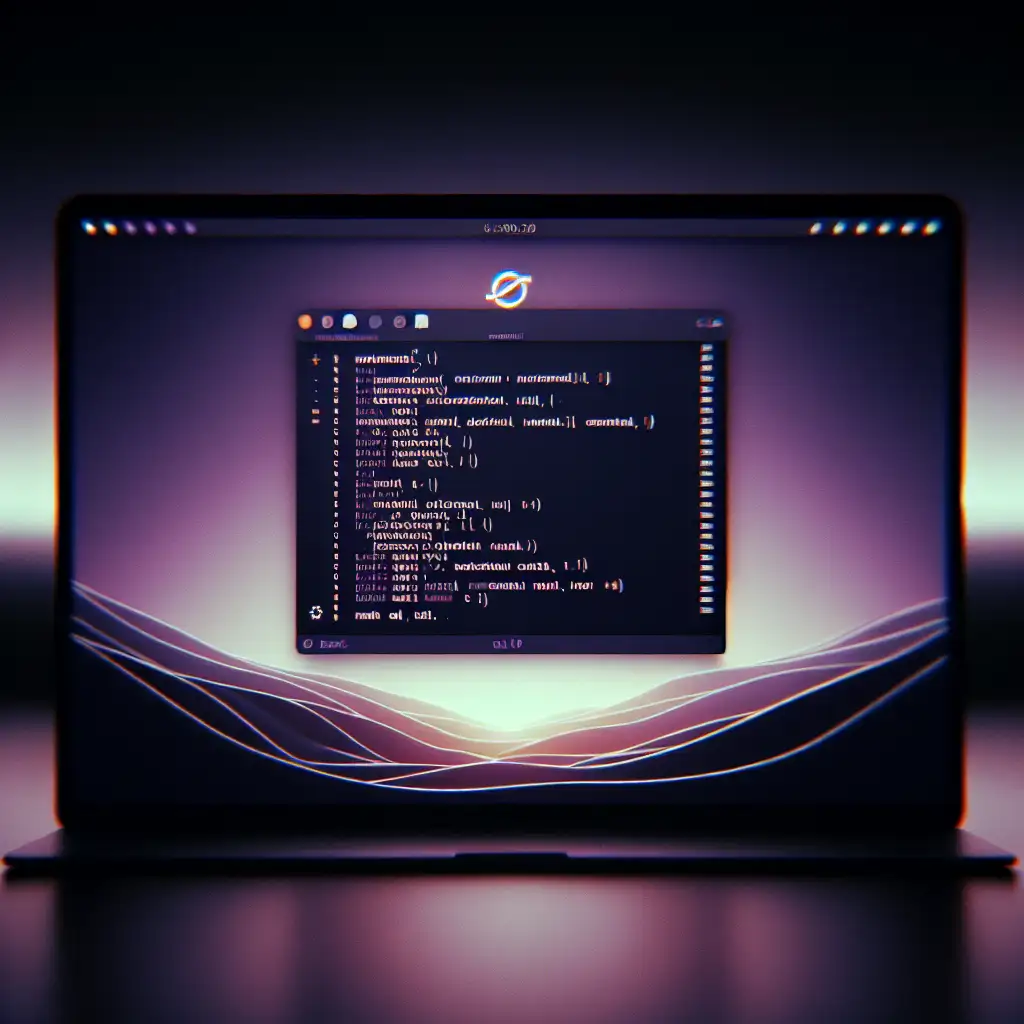Mastering Application Installation on Ubuntu: From Basics to Best Practices
Forget bloated installation guides—let's cut through the noise and focus on streamlined, reliable ways to get your software up and running on Ubuntu that scale from beginner to pro use cases.
Ubuntu, one of the world’s most popular Linux distributions, is beloved by developers, IT professionals, and casual users alike. Knowing how to efficiently install applications is vital for optimizing your system's performance and maintaining clean, secure software management. In this guide, I’ll walk you through everything from the basics to best practices for installing applications on Ubuntu.
Why Application Installation Matters
Efficient app installation ensures you get the right tools without unnecessary system bloat or security risks. Using proper methods also helps with easier updates and uninstallation later on.
1. Understanding Ubuntu’s Package Management Ecosystem
Ubuntu uses several ways to install applications:
- APT (Advanced Packaging Tool): The default command-line package manager.
- Snap packages: Canonical’s containerized app format.
- Flatpak: A universal packaging format (optional on Ubuntu).
- AppImage: Portable self-contained executables.
- Manual installation from source — less common but sometimes needed.
Each has pros and cons depending on your needs.
2. Installing Applications Using APT (The Basics)
APT is the primary way most users install software on Ubuntu. It handles dependency management and installs packages from Ubuntu’s official repositories.
Step-by-step example:
First, update your package lists:
sudo apt update
Search for a package (e.g., vlc media player):
apt search vlc
Install VLC:
sudo apt install vlc
Confirm when prompted, and after it completes, you can launch VLC from your application menu or terminal by typing vlc.
Tips:
- Use
apt upgradeto keep installed packages up-to-date. - Use
apt remove package_nameto uninstall. - Clean up unused packages with
sudo apt autoremove.
3. Using Snap Packages for Easy Installations
Ubuntu comes pre-installed with Snap support. Snaps are containerized apps that bundle dependencies, making them work consistently across distributions.
How to find and install snaps?
Search for VLC snap:
snap find vlc
Install it:
sudo snap install vlc
Snaps auto-update in the background, which is convenient but can sometimes introduce changes you’re unaware of. They often have higher disk usage due to bundling libraries.
When to use Snap:
- When official packaged versions are out-of-date.
- When you want apps with sandboxing by default.
4. Flatpak — Another Universal Package Manager
Flatpak isn't installed by default on Ubuntu but can be added easily:
sudo apt install flatpak
Add Flathub repository (the main source of Flatpaks):
flatpak remote-add --if-not-exists flathub https://flathub.org/repo/flathub.flatpakrepo
Install VLC Flatpak as an example:
flatpak install flathub org.videolan.VLC
Run it like this:
flatpak run org.videolan.VLC
Flatpak offers a similar universal approach like Snap but is more community-driven. Some users prefer one over the other based on app availability or sandboxing preferences.
5. AppImage — Portable Applications That Don’t Require Installation
An AppImage is a single executable file containing an app and all needed libraries bundled inside.
To use it:
- Download an AppImage file (e.g., Kdenlive).
- Make it executable:
chmod +x Kdenlive.AppImage
- Run it directly:
./Kdenlive.AppImage
No installation necessary! Great for trying software without modifying your system or when you want apps in a portable form.
6. Compiling From Source — When You Must Go Low-Level
Sometimes you need bleeding-edge features or apps not packaged in any repo.
Typical steps:
- Install build essentials:
sudo apt install build-essential
- Download source code tarball or clone via git.
- Extract/unpack source.
- Inside source folder run commands like:
./configure
make
sudo make install
This installs directly, but you lose easy uninstall tools that package managers provide.
Best Practices Summary for Application Installation on Ubuntu
- Prefer APT for stability and ease of updates with curated repositories.
- Use Snap or Flatpak when newer versions or sandboxing are desired.
- Choose AppImage if you want portable experimentation without system impact.
- Resort to manual builds only when no other options fit your needs.
- Always run
sudo apt updatebefore installing/upgrading packages. - For security, avoid third-party PPAs unless absolutely necessary and trusted.
- Regularly clean unused packages (
sudo apt autoremove) to keep system lean.
Wrapping Up
Mastering application installation in Ubuntu isn’t complicated once you know what options exist and when to use them. For everyday stable usage stick with APT; when you need isolation or latest apps look towards Snap/Flatpak; experiment easily with AppImages; and compile manually only as a last resort.
With these tools in your toolbox, you'll be able to maintain a powerful and optimized Ubuntu environment that scales from beginner setups right up to professional development workflows.
Feel free to drop any questions below if you'd like tips about specific software or troubleshooting!
Happy installing! 🚀
